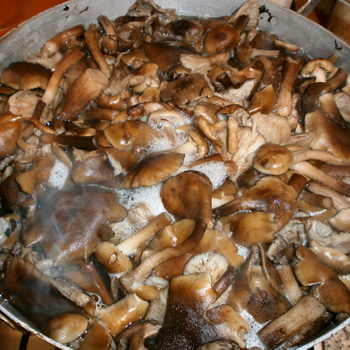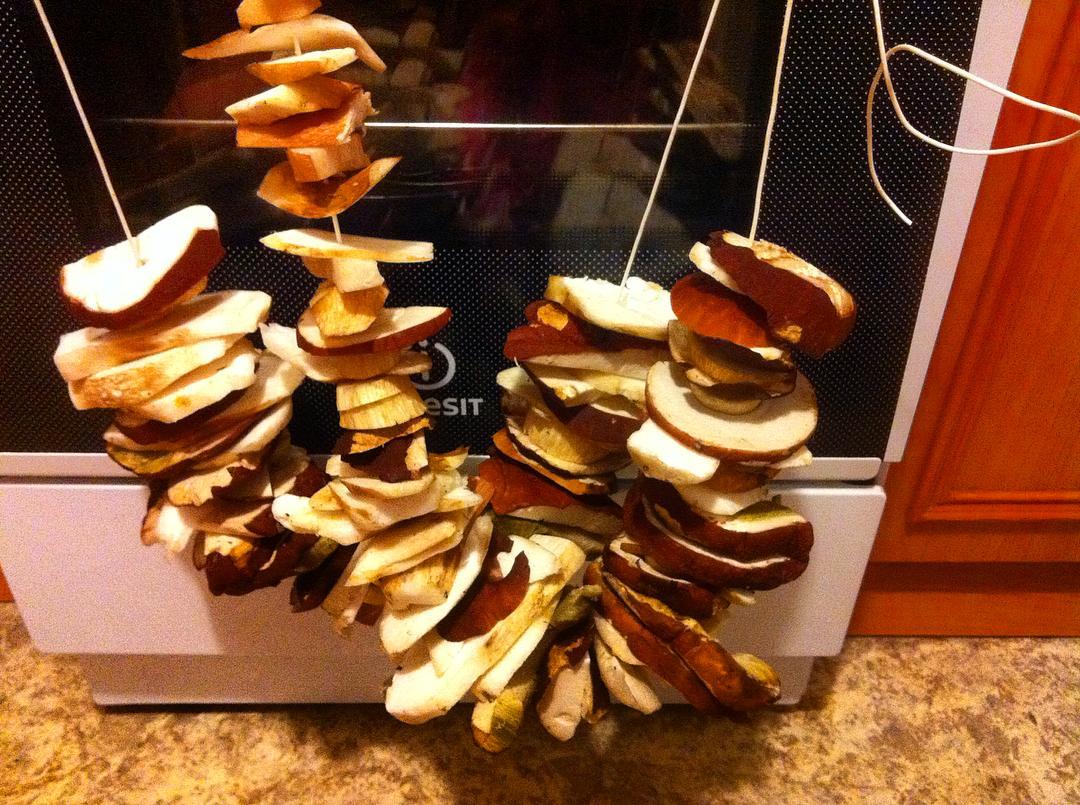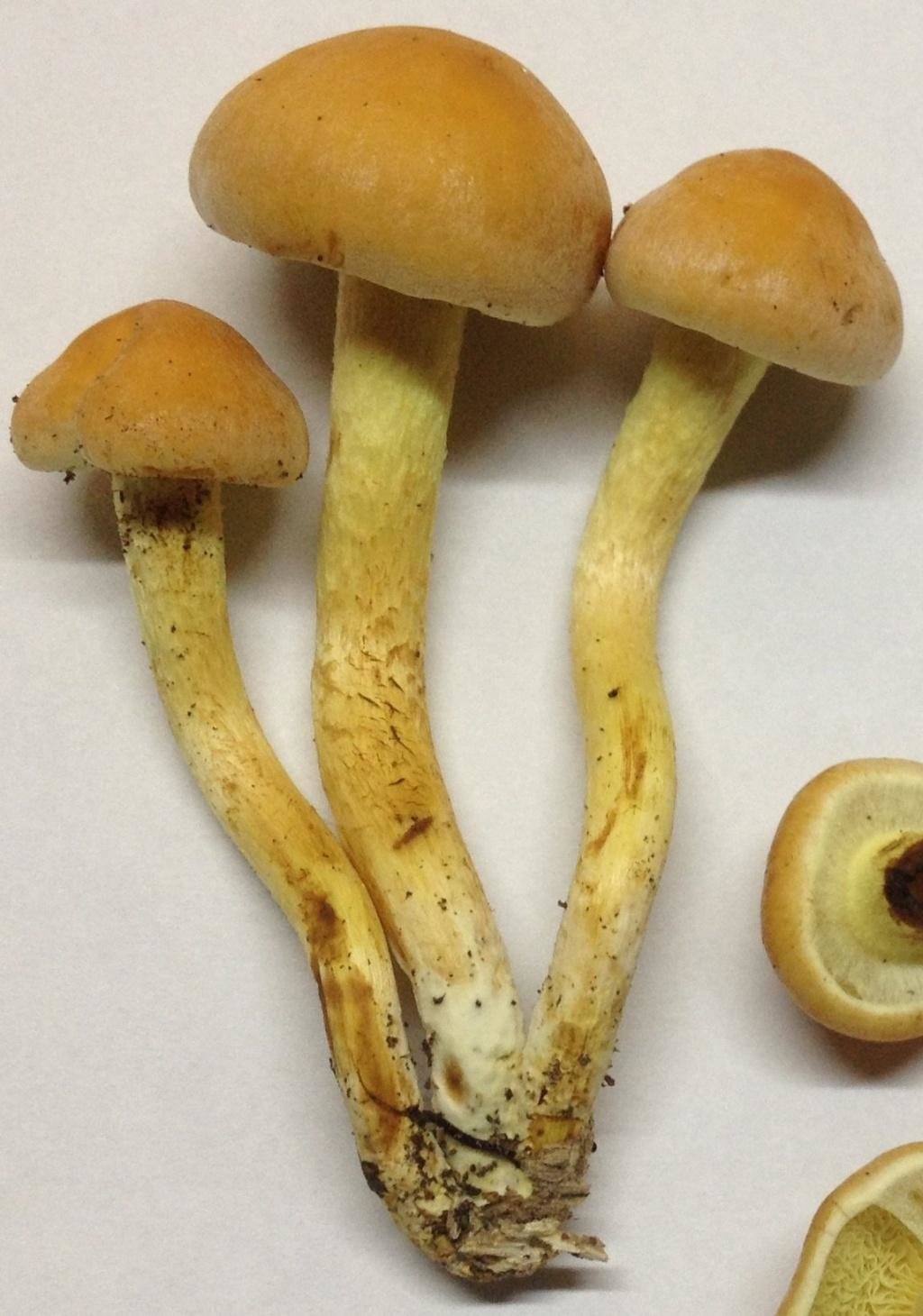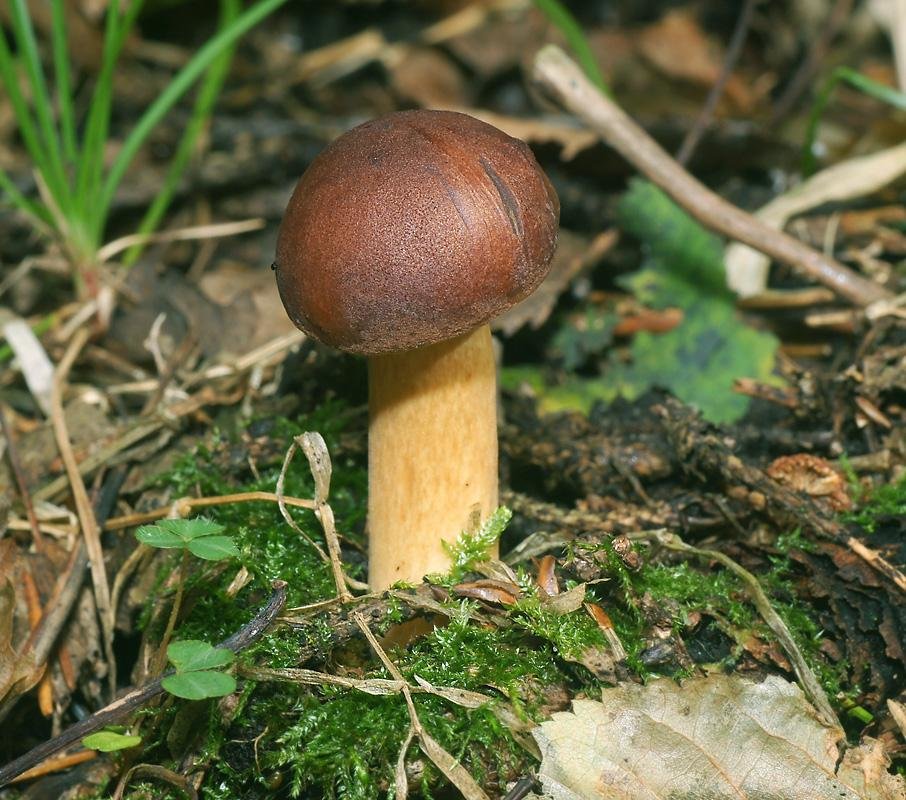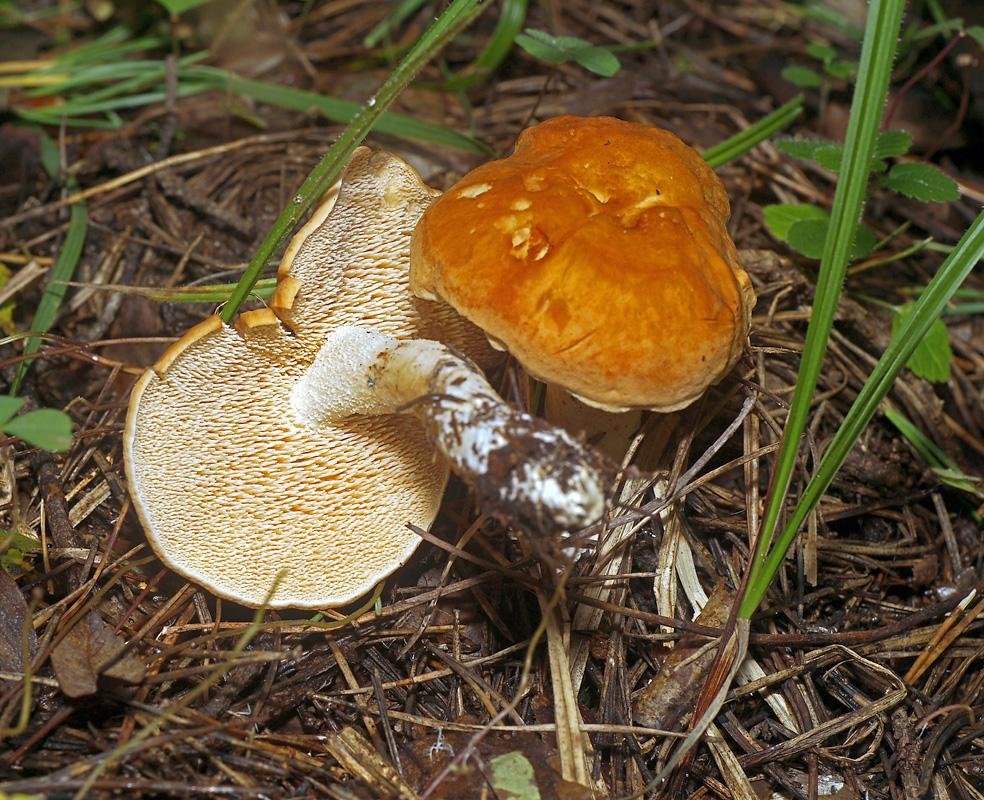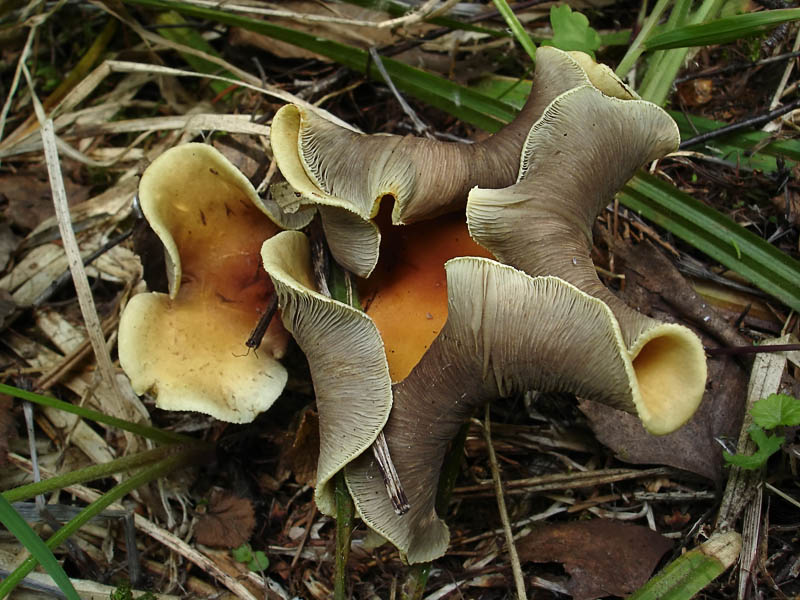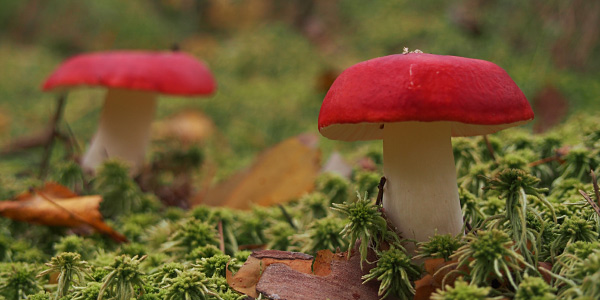Artistic photography of mushrooms
In this section, you can give just one piece of advice - shoot as your heart desires! Unlike shooting "for a passport", the advice to shoot with your back to the sun can and should be disregarded. Very interesting works are obtained precisely in the backlight. Recently, very good artistic shots have appeared at the Macroclub, where mushrooms play the main role or are a component of the plot.
The main role in artistic macro photography, of course, is played by light, but where to get it in a dark forest? This is where a flash, both built-in and external, can come in handy. With simple devices in the form of reflectors or light guides - for example, snout and grid flash attachments (translated from English as grid or honeycomb - cells, honeycombs), you can get amazingly beautiful frames. In the shade of the forest on a sunny day, you can always find areas illuminated by sunlight, even in a dark forest. And if a ray of the sun that accidentally breaks through falls on a stump with mushrooms, this is generally good luck - masterpieces will not keep themselves waiting long. There are also no rules about lenses. It is interesting to shoot mushrooms and macro landscapes with a super wide fisheye view. You can try creative lenses like Tilt / Shift and soft focus lenses. It is better to shoot with a fully open, or slightly clamped aperture, in order to get an interesting background.
Never pass by mushroom curiosities - an unusual kind of common mushrooms. These can be various injuries by grass or insects, which give the mushroom a resemblance to some part of the human body or a well-known emblem, or just interesting and unusual shapes.
In conclusion, I want to touch on safety a little.
I will not repeat myself about clothing, ointments and insect sprays, this is well known - I’ll just give you some useful tips.
1. Never shoot in the rain: all assurances about the "waterproof" cameras are a myth. Unless, of course, you have an underwater camera, or a camera in an aqua box. The ingress of moisture into the device, even in a small amount, can completely disable it. If absolutely necessary, remove under an umbrella.
2
Pay special attention when changing lenses or installing rings so that there is no dust or lint from various plants in the air. Be especially careful that insects such as ticks or mosquitoes do not get into the device.
It is best to carry out this procedure in a large plastic bag with holes for the hands, placing the apparatus and lenses there. Or use (if anyone has) a sleeve to reload the film. The matrix will be much cleaner.
3. If you use ointments and creams for insects and ticks, never smear or spray them on your fingers - many creams and aerosols, if they get on the plastic of photographic equipment, can melt it irreversibly.
4. Avoid places where ticks accumulate - in a deep dark forest or a light mixed forest, there are almost none. Massive accumulations of ticks are observed on the edges and clearings - thickets of raspberries are very dangerous. Although the probability of catching a tick is everywhere. Therefore, you need to check your clothes constantly. Never walk on wild boar and elk trails or even cross them - these are the places with the highest concentration of ticks.
5. Never push or grasp the ticks. Collect them from clothes in a hermetically sealed jar, shaking them off the clothes in it.



